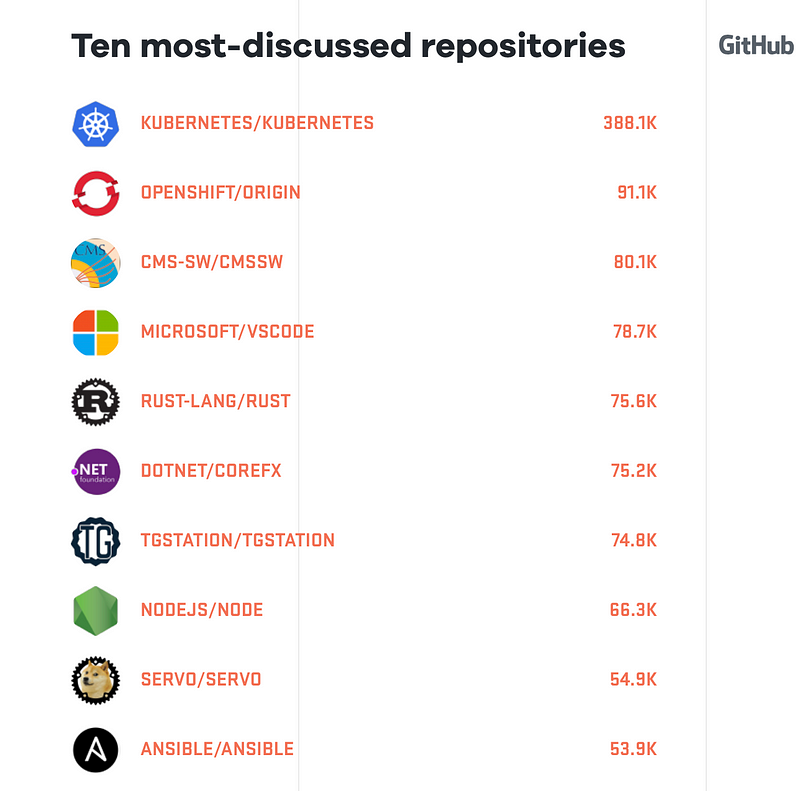10 simple numbers explaining our latest deal in India
And the thesis behind it

And the thesis behind it
Our latest portfolio company, Hasura (I know, we announced the deal 2 months ago), is really close to my heart. As an outdated developer, I can empathise with what they are trying to solve. Further, I can use the platform myself. These kind of deals usually connect with VCs very well: when they can actually touch/feel/use the product themselves.
I wanted to reignite my habit of explaining why we do each deal, this time with a twist. 10 nos. are all that I need to give a summary of our investment thesis. So without further ado…
2: Or a couple
A husband-wife founding team, this is not our first time investing in a couple. Human bias is real but we try not to fall prey to them (often fail). As an example of successful couple entrepreneurs see this post:
https://www.fortuneindia.com/venture/indias-billion-dollar-startup-factory/101768
Most startups fail to make it big, so my suggestion to the ecosystem: stop blaming it on founder stereotypes and just accept that things didn’t work out
550: Number of deals we personally met last year before making 4 investments
And this deal came from a cold-email from us during an event! We met the team for the first time in Echelon Singapore (e27, 🙏 for bringing the team over from India). This has led us to believe that we CAN find good deals in tech conferences and now we put 2x the effort in doing so. More on how we do that in some other post. See you all at TechInAsia, Innovfest, and Echelon next.
10: Numbers of months between first contact to signing Term sheet
Don’t get me wrong. This is not because we take 10 months to process a deal. But because we like to meet teams super early, much before we end up investing in them.
Hint: The best way to pitch an investor is to simply not pitch (just meet)
700: Upvotes on Product Hunt
And Hacker Rank love. This is what Hasura showed us when they wanted to raise their Seed round, and we loved this user feedback. When VCs say “Come back with Traction” what we really mean is that we want to see early adopters rave about your product. So figure out the easiest way to get your product in the users’ hands and get some customer love.
16: Number of developers the team bootstrapped their way to for the first 2 years
Who said building startups is easy. Despite the obvious skills of the team, the founders did not go out to raise a round the moment they started the company. They bootstrapped, went on to build a team of 30 people, moved from Chennai to Bangalore, hustled their way to sign one of the largest global banks, ran India’s largest MOOC, and got massive customer love. All this while taking 0 salary, making money through services, and pumping money into the company. This is what we call “Skin in the game”.
Now a bit on our thesis. Hasura is basically a PaaS built on top of Kubernetes, an open source platform for running containers. If you are confused Ron Miller at Techcrunch has done a great job of breaking it down for the non-geek.
If you think of a conductor telling the musicians when to come in and when to leave, Kubernetes plays a similar role for the container system.
388k: Discussions on Kubernetes repo
While Kubernetes is red-hot currently in the dev world, Docker Hub crossed 5 Billion pulls in 2016.

But even after all of this buzz, Kubernetes is not an easy platform to use. See what NYT’s own dev department has to say about this:

67 Million: existing Github repos, but no easy way to deploy them
Mainstream adoption of new platforms and languages, example GraphQL, is slow. Hasura Hub uses the power of Kubernetes to set up a backend for you in minutes in your favorite stack and language, cloud-provider agnostic. How good can this be? Don’t believe me? Try it out.
2018: Year in which number of Indian developers will surpass US developers
Indian developers are already highly active on global tech platforms such as Stackoverflow. Within a few years we will see them upskilling and building great products, on the backbone of free open-source technologies. And Hasura will just be the start for this.
4: very successful dev tools startups in India
Including FusionCharts, BrowserStack, Postman, and Wingify. And there are many more. Indian dev-focused platforms have proven to be globally successful and we don’t see this stopping any time soon. India itself has seen multiple acquisitions for dev tools companies including the very recent Webyog acquisition by Idera.
7.5 Billion: is what Microsoft is paying to acquire Github
This is while Github has 24 Million users globally. That’s $300 per developer, a significant premium for the developer base and the cloud repos. Cloud Hosting is the next big asset for enterprise companies after computers, and it’s about to be made highly interoperable by the likes of Kubernetes.
So if you are building your app/website currently, and need a strong scalable dev ops platform, do give Hasura a spin.

